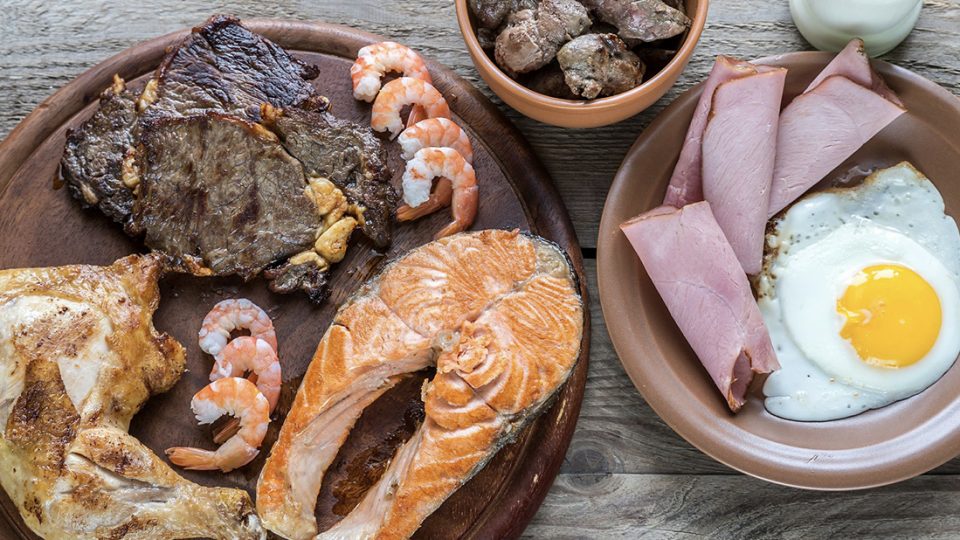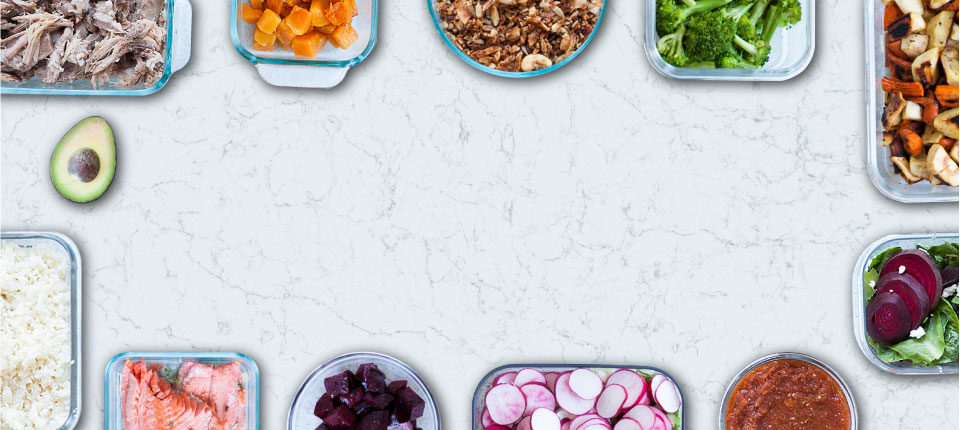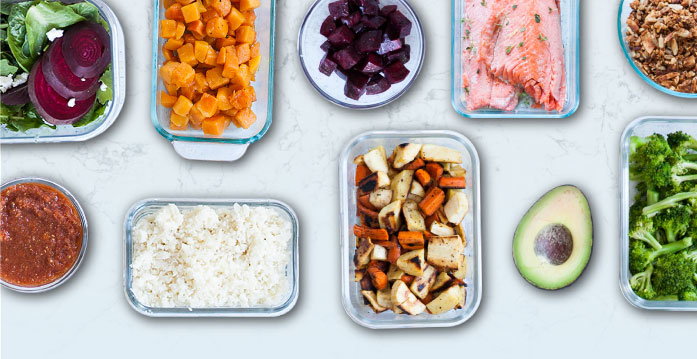Not feeling too comfortable with love handles, belly bulge, or an ever-present muffin top? Fortunately, a ketogenic diet can reprogram your metabolism and help you shift gears — so that you. While cutting out carbs and eating more fat sounds easy enough, not every bite is created equal. Quality matters. And this ketogenic diet food list will help you discern the good from the not-so-good.
Let fat steal the show
While fat will make up most of your diet, some fats keep inflammation at bay while others stoke the inflammatory fires. When choosing animal fats or shopping for fatty cuts of meat, source your food from well-raised animals that have seen open pasture. Fat from happy animals tends to be lower in pro-inflammatory omega 6 fat and higher in anti-inflammatory omega 3 fat.
Likewise, choose wild-caught fatty fish such as salmon, sardines, herring, and mackerel that are high in long chain omega 3s.
How much:
Make fat 75% of your diet.
What to eat:
Tallow, lard, ghee, schmaltz, duck fat, coconut oil, unrefined palm oil, foie gras, fatty fish, egg yolk, avocado, avocado oil, olives, olive oil, macadamias, and brazil nuts.
A little protein goes a long way
Meat lovers, before you pat yourself on the back for enjoying a big bowl of Cuban slow cooked pork, know that too much protein reduces the production of ketones and increases the production of glucose. On a keto diet, this is the OPPOSITE of what you want.
At the end of the day, fat rules. Not protein. So choose fattier cuts of meat and fattier nuts, like almond or macadamia. And serve that with a side of fat.
How much:
Aim for roughly 25% protein.
What to eat:
Sugar-free bacon, ground lamb, almond butter, chicken thighs (instead of the less fatty breast), chicken liver, chicken wings, ribeye steak, beef tongue, beef marrow, ground beef, pork belly, pork cheek, confit duck legs, wild-caught salmon, herring, and mackerel.
Don’t forget your veggies
Really. Don’t. If you’re in the game for weight loss, veggies are your friend. And not for the reasons you may think.
It’s true that a vivid splash of color from veggies makes your plate beautiful . Their flavors have the power to dress food up, giving a snap and a little extra flair on your palate. But the real reason veggies can tip the scales and make you feel awesome have to do with your gut microbes.
You see, certain microbes are associated with excess weight. For example, if someone svelte and lean were to acquire a bunch of fatty microbes, she would gain weight — without changing anything in her diet. This is because some microbes harvest energy from food more efficiently than others. Meaning if you have two identical bites of food, the fatty microbes will harvest more calories from their bite.
Choose vegetables with lesser carbs, like leafy greens. And if you decide to eat a starchier veggie, eat less of it.
How much:
Around 5% or 15g to 30g of net (minus the fiber) carbohydrates.
What to eat:
Cruciferous vegetables tend to be a safe bet. Also: hardy greens, lettuces, and above-ground vegetables. This includes kale, spinach, arugula, baby greens, cabbage, collard greens, broccoli, cauliflower, zucchini, and mushrooms.


